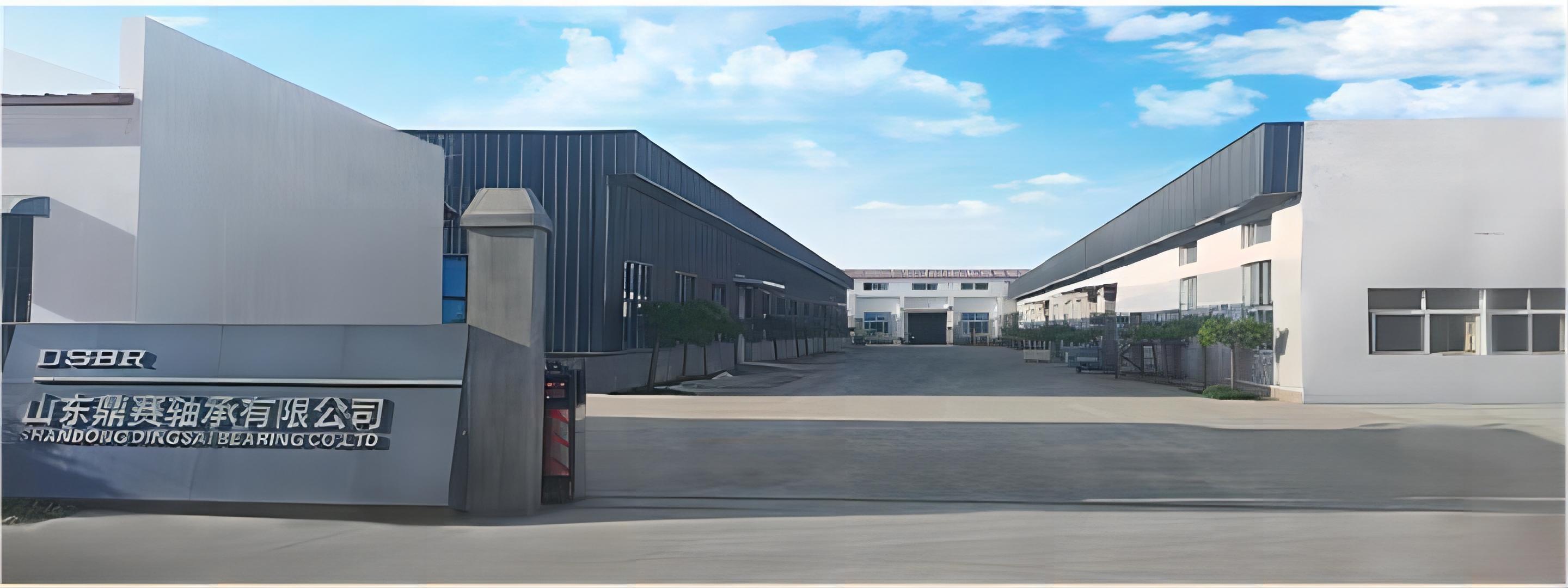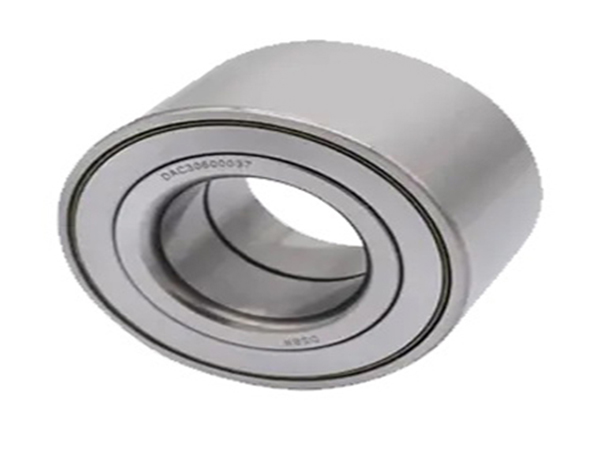When discussing the replacement cycle and importance of bearing used in automobile, we first need to clarify that bearings, as a crucial component of the car's hub system, directly affect the vehicle's driving stability, riding comfort, and safety. Therefore, any signs of abnormalities in the bearing used in automobile should be given sufficient attention and timely measures should be taken to resolve them, to prevent small issues from turning into major faults.

Regarding the replacement cycle of bearing used in automobile, although it is generally recommended to consider replacing them after the vehicle has traveled over 100,000 kilometers, this is not an absolute standard. In fact, the lifespan of bearings is influenced by various factors, including but not limited to the vehicle's usage environment, driving habits, road conditions, and the quality of the bearings themselves. Therefore, a more reasonable approach is to judge whether a replacement is needed based on the actual condition of the bearings. When there are obvious issues such as aging, wear, deformation, or abnormal sounds in the bearings, they should be replaced promptly regardless of the mileage, to ensure driving safety.

Once bearing used in automobile is damaged, the symptoms are often quite apparent, and the impact on vehicle performance cannot be ignored. Here are some common symptoms of auto bearing damage and their potential consequences:
The vehicle emits a "buzzing" sound while driving, which is one of the most common symptoms of bearing damage. Continuous noise not only affects the driving experience but may also mask other potential mechanical faults, increasing driving risks.
Bearing damage can lead to misalignment of the wheels, making the vehicle prone to deviation while driving. This not only exacerbates tire wear but can also affect the vehicle's handling and stability, posing a threat to driving safety.
Vibration or "squeaking" sounds when turning the steering wheel is a clear signal of bearing damage. This vibration might transmit to the cabin through the steering wheel, affecting the driver's feel and mood.
At high speeds, bearing damage can cause noticeable shaking of the vehicle body, and power output may also weaken. This not only reduces riding comfort but may also affect the vehicle's acceleration performance and braking effect.
After bearing damage, increased friction may cause the wheel hub surface to become unusually hot. This not only accelerates the wear of tires and bearings but may also lead to severe consequences like fire.
To address potential issues with bearing used in automobile, vehicle owners should take the following measures to prevent and respond:
Regularly maintain and inspect the vehicle, especially paying attention to the wear and abnormal sounds of the bearings. Once abnormalities are found, timely check and repair at a professional repair shop.
Avoid prolonged high-speed driving, rapid acceleration, and sudden braking, to reduce the impact and wear on the bearings.
When replacing bearings, choose reliable, stable original parts or certified high-quality brand products to ensure repair quality and driving safety. You can choose DSBR as your trusted and professional automotive bearings factory.
In summary, although there is no fixed standard for the replacement cycle of bearing used in automobile, vehicle owners should always pay attention to the health condition of the bearings and address any abnormalities promptly. Only in this way can the vehicle be ensured to maintain good running condition, providing a safe and comfortable travel experience for the drivers and passengers.